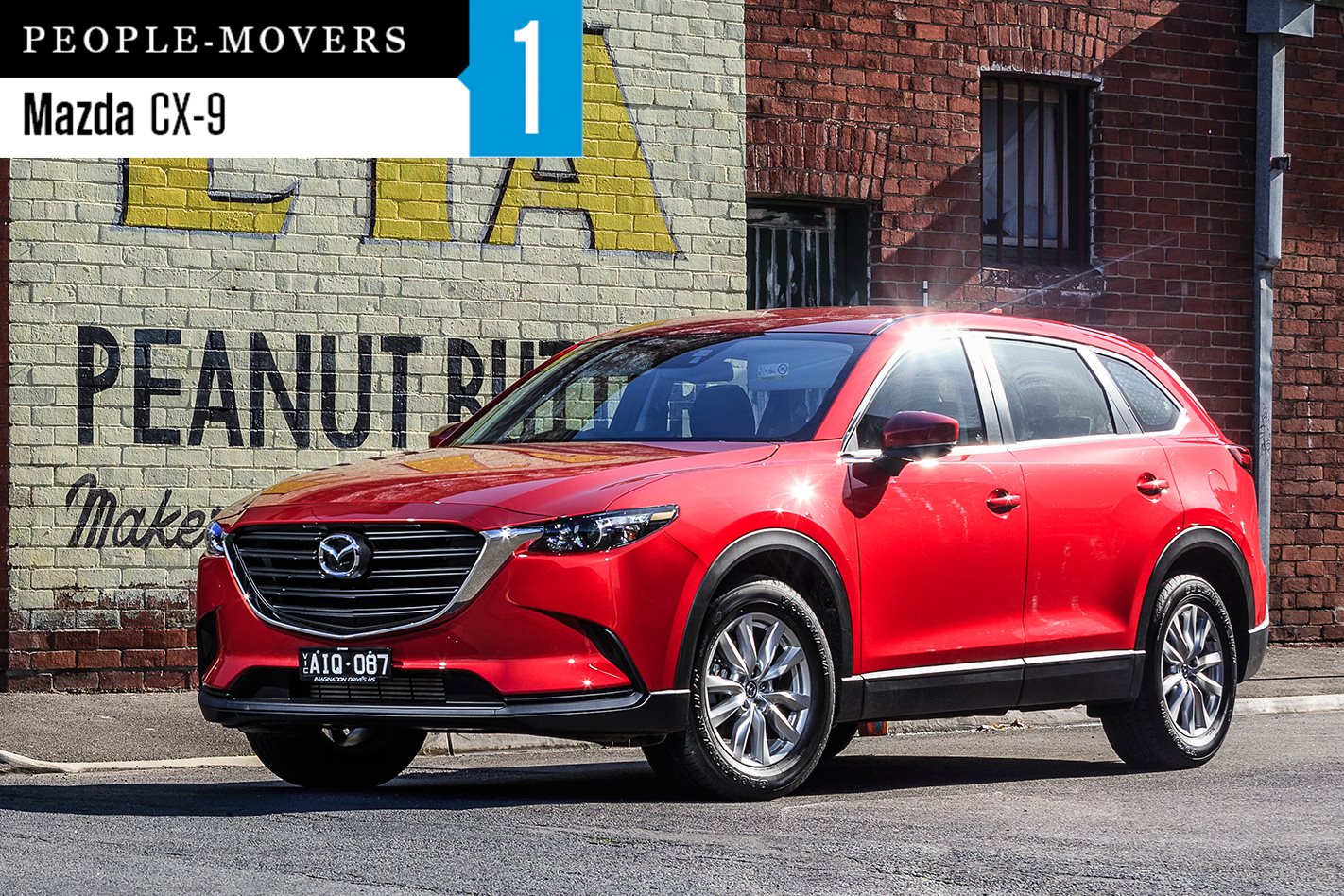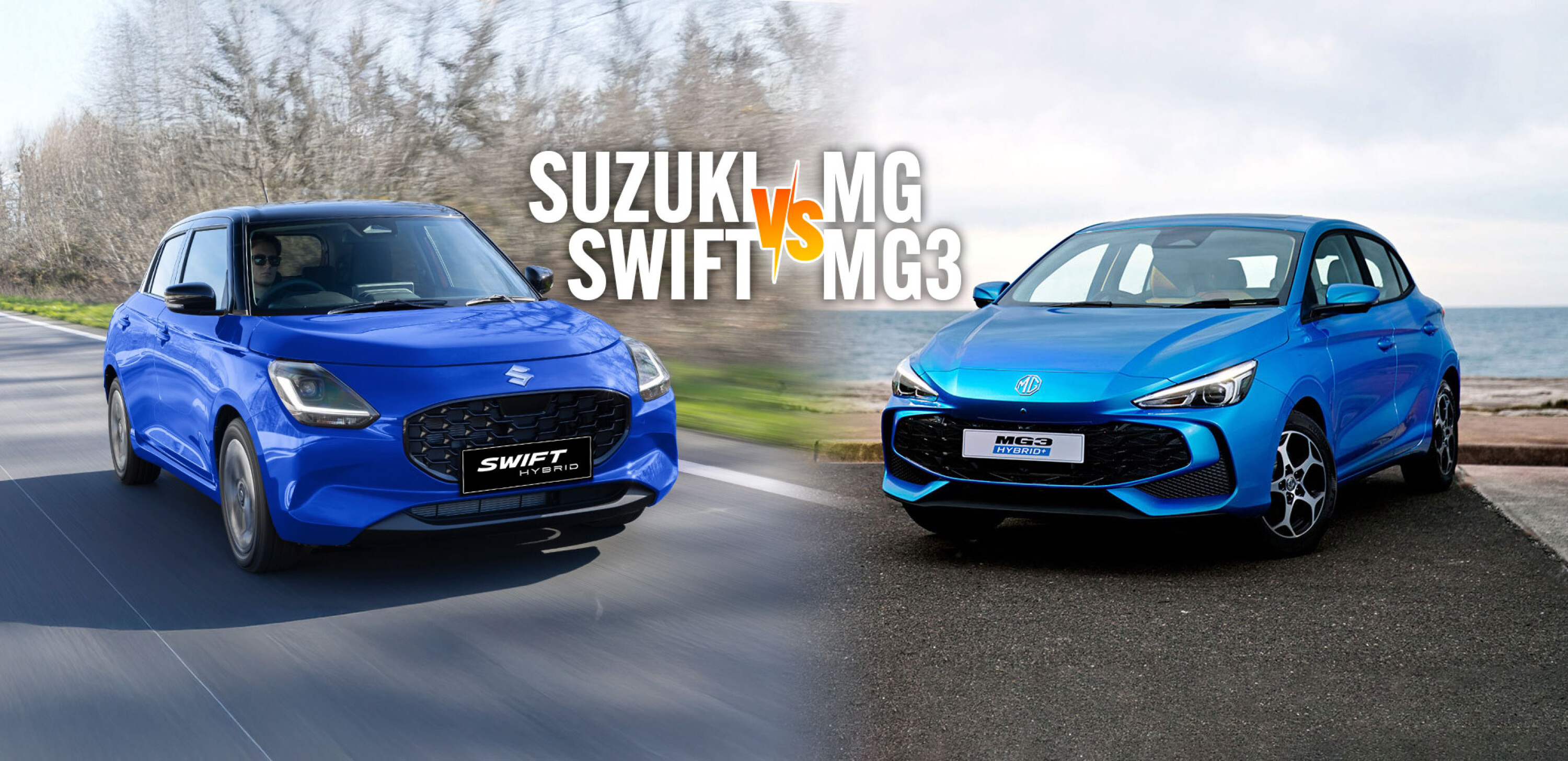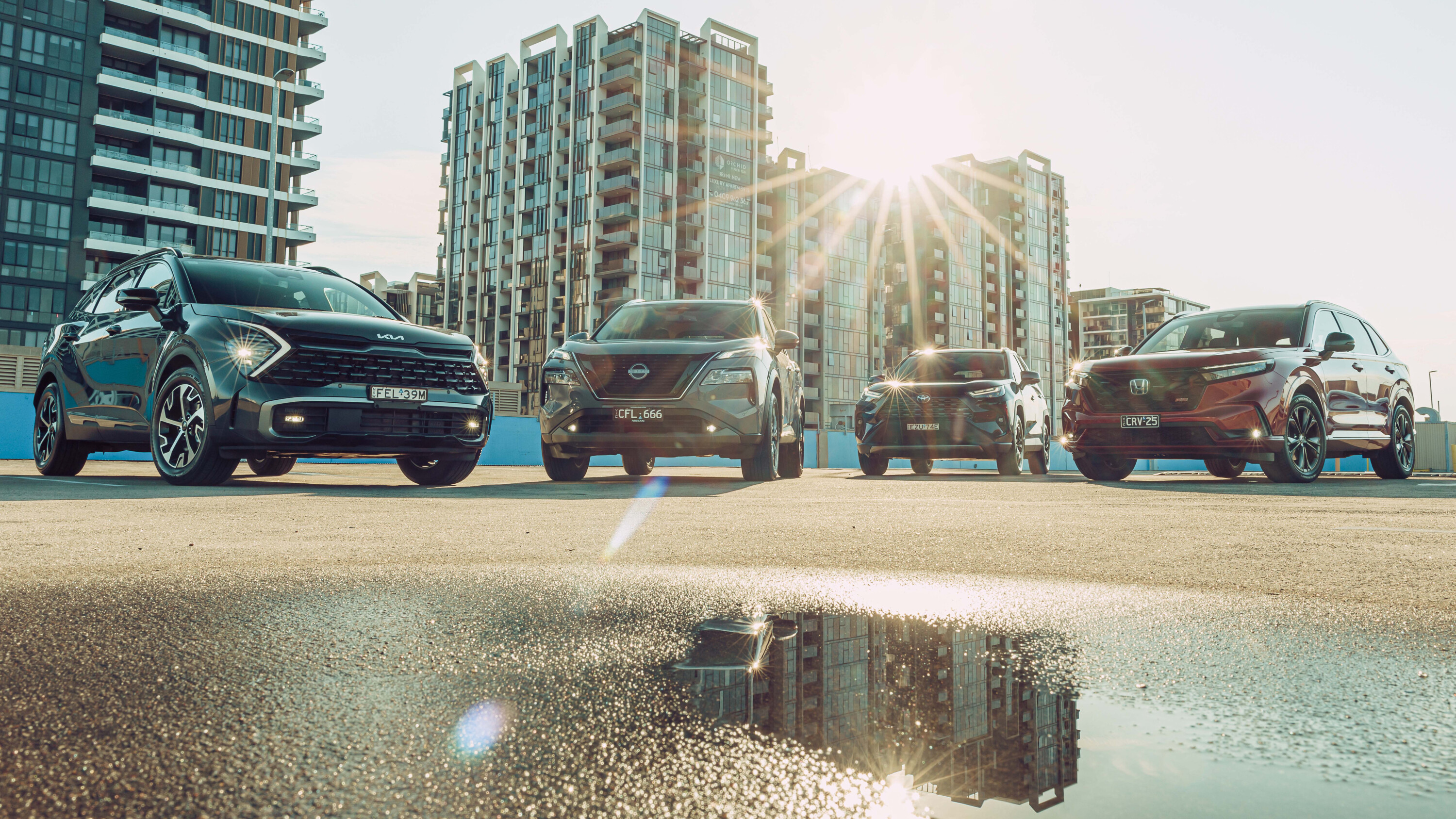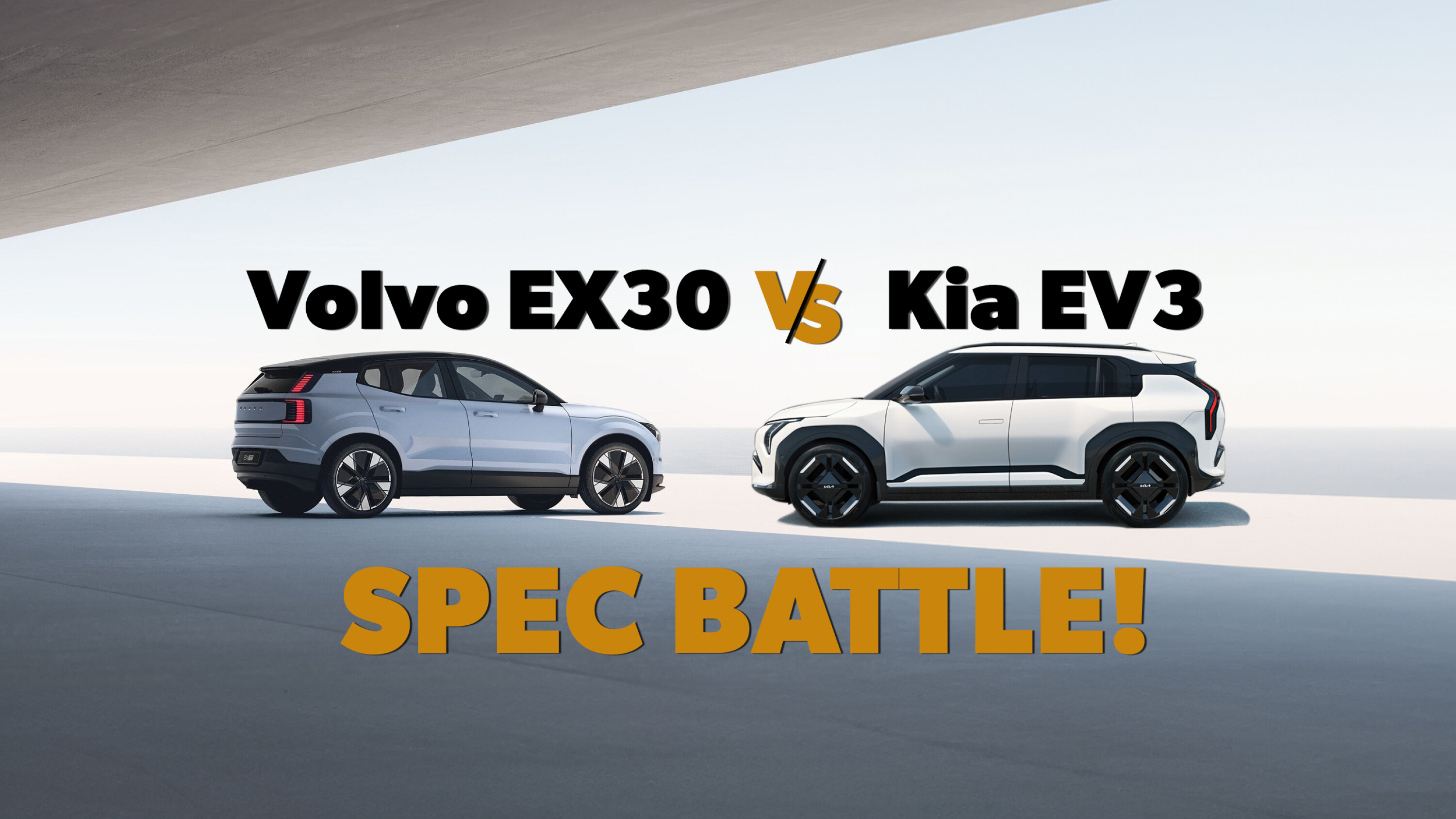First published in the October 2016 issue of Wheels magazine, Australia’s best car mag since 1953.
It’s time to embrace the best post-Ford Mazda that isn’t an MX-5 – the Mazda CX-9.
Can’t wait to see the final score? Jump to the verdict now.
Since Mazda’s CX-5 kicked off the newly independent Japanese brand’s ‘SkyActiv’ model renaissance back in 2011, each proceeding model has earned widespread respect, if not universal acclaim, tempered mostly by persistent road-noise intrusion.
To Hiroshima’s credit, minor sound-suppression measures have been implemented with each respective facelift. But this second-generation Mazda CX-9 is a massive leap forward, finally breaking the noise, vibration, and harshness hex that has plagued Mazda for decades. It’s almost like driving with earmuffs on.
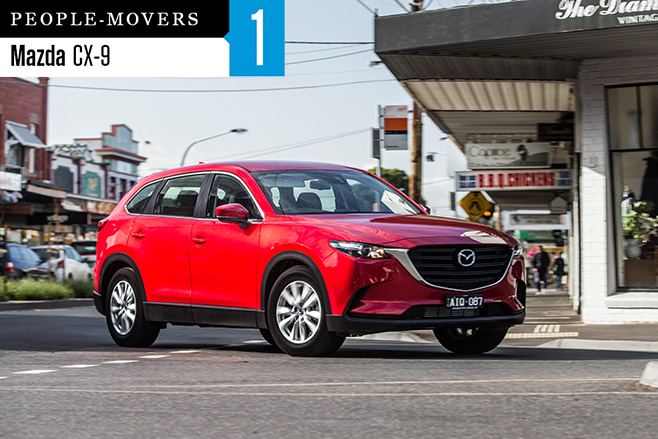
The second row is also generously packaged, bringing with it firm theatre-style cushions with slide adjustment, reclinable backrests, and passenger-configurable climate control.
While seats six and seven lack air vents, reading lights, and reclinable backrests, both offer adult-friendly accommodation (Mazda says it was designed to fit a pair of 170cm ‘Junior High’ kids). Beyond that, cargo capacity is ahead of this pack, but at 230 litres with all seats in use, the new CX-9 is 37 litres shy of its longer, heavier, and thirstier predecessor.
Quibbles are few, but they do include a weirdly oily and clammy dash-top finish, and an oversized centre console lid that fouls a wheel-twirling driver’s left elbow during fast cornering – something the CX-9’s deliciously limbre dynamics encourage.
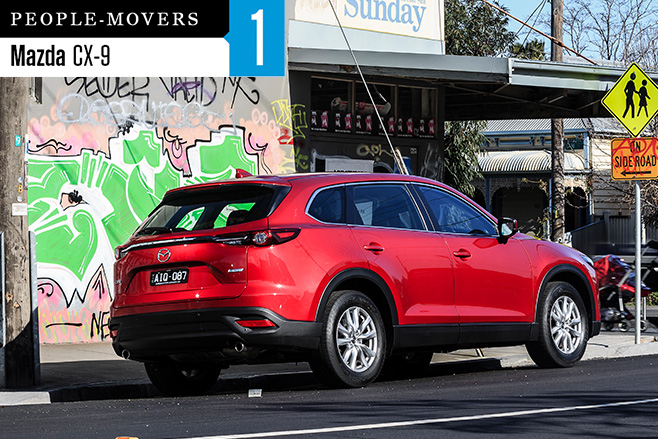
Combined with alert gearing, the CX-9 is quick off the mark and strong on throttle response, for punchy point-to-point performance. At 7.7sec to 100km/h, it concedes nothing to the other’s six-pot powertrains, yet real-world economy is up to 20 percent better in some cases.
Our 11.6L/100km average is impressive considering how eager everybody was to cane the CX-9 Sport. It’s that sort of car (sorry, SUV), thanks to precise yet fluid steering, agile and controlled handling, and pleasingly supple suspension compliance. Even on low-grip tyres, the driver feels connected and the CX-9 feels planted, without the usual punishing ride compromises. This is real progress. The only worry is a soft brake-pedal reaction, which at higher speeds requires a hefty shove before full stopping force is applied.
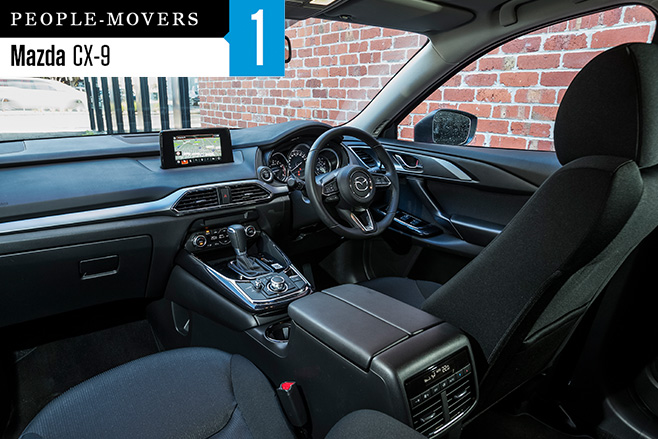
The last time we were this pumped about a large SUV, it was 12 years ago, it wore a Territory badge, and it won Car of the Year. Ironically, then, the CX-9 is that dying Aussie Ford’s spiritual successor, and the first SUV to evolve what the Ford Territory started.
Hush now, baby
This TC-series CX-9’s SkyActiv chassis is actually a generation 1.5 evolution of the CX-5’s, with 24kg instead of 7.5kg of sound insulation, as well as a significantly thicker-steeled floorpan, to help cut NVH pathways.
Also helping out is a 65 percent torsionally stiffer body with more high-tensile steel (compared to the old CX-9), tighter panel gaps, improved aerodynamics, better sealing, and thicker glass. Result? On coarse roads at 100km/h, there is a 2.5dB noise cut.

SPECS
Price as tested: $42,740 *includes metallic paint ($250)
Engine: 2488cc 4cyl, dohc, 16v, turbo
Power: 170kW @ 5000rpm
Torque: 420Nm @ 2000rpm
Transmission: 6-speed automatic
Dimensions (L/W/H/W-B): 5075/1969/1747/2930mm
Weight: 1845kg
Cargo capacity: 810 litres
Tyres: Yokohama Geolander H/T 255/60R18 108H
Test fuel cons: 11.6L/100km
0-100km/h: 7.7sec
0-400m: 15.6sec @ 146.5km/h
80-120km/h: 5.2sec
3yr resale: 54%
Plus: A brilliant all-rounder that’s high-quality and great value
Minus: Soft braking response; obstructive centre armrest
Verdict: 8.5/10


